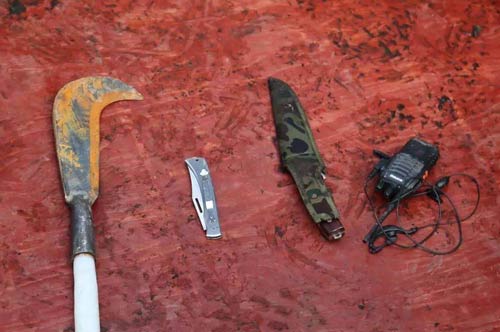If you live on a desert island, what artifacts do you need to bring?
The Maya predicted that mankind will face
the end of the world in 2012. Eight years have passed. We believes that the end
of the world should be impossible in our lifetime. But in comparison, island
drifting still seems to have the possibility of missing something~ If we
accidentally live on an isolated island, what should we bring?
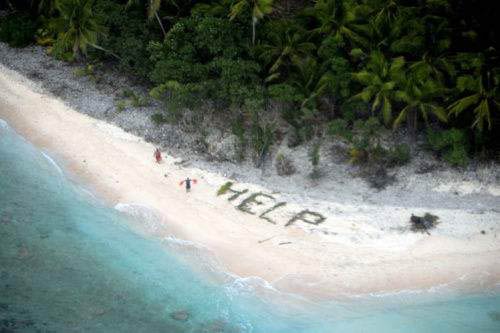
The website Mentalfloss interviewed a great god of survival on this issue.
Let’s ask Mr. Tony, a survival expert, to show up for everyone~ Come to
Kangkang’s doomsday essential artifact!
A desert island, Nester says, similar to the wooded wilderness or frigid tundrawhich his courses for military troops, government agencies, and youth groupshave covered over the years, presents a unique set of challenges survival-wise. Butas he does for any survival situation, Nester emphasizes the importance offocusing on what he calls The Big Five: shelter, water, fire, signaling, and first aid.
Artifact No.1: Machete
According to this idea, what artifacts should we bring? Everyone quickly took
out a small notebook to make notes, the first artifact, nothing else, is the
Machete Machete~!
Forget the Swiss Army knife—it won't do you much good on a desert island.Because tropical environments are crowded with thick vegetation and toughsurfaces, if you wind up deserted in one, you're going to need some serioushacking power.
"You're not going to get by well with just a pocket knife, given thenature of what you're going to be harvesting—coconuts, and cutting down palmtrees or saplings to make your shelter," Nester says.
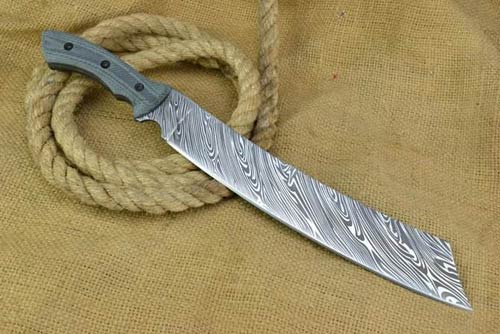
Artifact No. 2: Hammock
Teacher Tony has spoken, and the second must-have artifact is Hammock. At
first sound, it seemed a bit confused. Let's not go to Bali for a holiday, so
why bring a hammock? Teacher Tony said, you don't understand this. The hammock
is more useful in the extreme living environment~
A hammock's most important function in this case would be providing a place foryou to sleep that's off the ground. You could use the machete to gather materialto construct an elevated platform, but with a hammock you're protected from thespiders, critters, and snakes that are probably slithering around. Plus, you saveyourself the time and precious energy all that elevated platform-building woulddrain.
The hammock could also double as a heavy sheet of fabric when you need it: Itcould be used as a filtration system (it likely won't purify anything or desalt oceanwater, but it could rid stream water of bugs and debris), and could work as a food-catching net, as shade, as a blanket, or as a raincoat.

Artifact No. 3: Mobile Phone
What is Artifact No. 3? It’s a mobile phone~ It doesn’t matter if there is no
signal! I am as puzzled as everyone is, what is the use of bringing a mobile
phone in the wilderness?
"You may not be able to get cell reception," Nester says,
"and you may not be ableto get a message out, but you don't know if your phone's going to be pinging offthe nearest tower on the next island, or on the coast, or somewhere else, and thatcan help searchers on the other end triangulate your location."
There'd be nowhere to plug it in and you probably wouldn't have service, but acell phone could still be an important component of your survival. Nesterrecommends trying to get a text out, putting the phone's strobe feature on atnight, or just turning it on for a couple hours each day you're stranded.
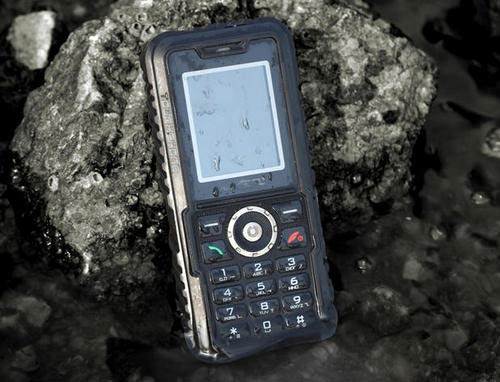
Artifact No. 4: Signal Mirror
The fourth artifact is called Signal Mirror, which is different from ordinary
mirrors and can be customized online.
There's a sighting device in the middle of the mirror that, when held at the rightangle toward the sun, sends flashes that can be seen for miles (Nester says he'shad flashes seen up to 26 miles away).
"It's not taking up any sweat or calories onmy end, but that can carry a long way," Nester says.
When you're not using the mirror to actively signal, you can hang it from your makeshiftshelter or tree so that even if you're sleeping, its glint may be able to draw someattention.
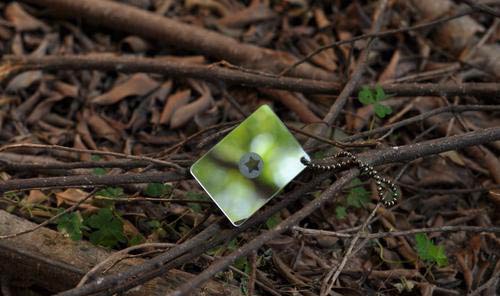
Artifact No. 5: Family photo
The fifth artifact is Family photo. In fact, in the extreme situation of
survival on a desert island, in addition to trying everything possible to
survive, it is more important to maintain the will to survive. Family photo is
an excellent artifact to maintain the will to survive.
I don’t know if you have seen "Leaves on a Deserted Island" starring
Tom Hanks. In despair, the protagonist painted a face on a volleyball, named
Wilson, and finally spent time with this volleyball. Difficulty.
In fact, many times in life, will is more important than the method of solving
problems. It’s like saying: When there is a will, there is a way. If there is
no desire, how can we survive?
The one item that could really keep you alive is a laminated photo of your lovedones. A fire can keep you warm and a machete can keep you fed, but that picturemight just keep you sane.
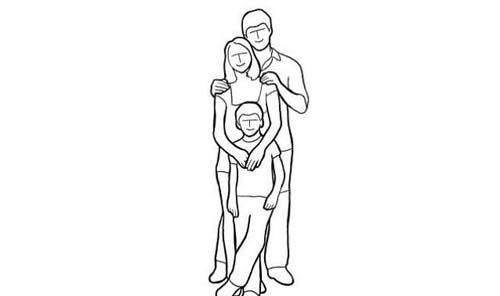
To summarize~
So the five artifacts for survival on a deserted island are:
Machete, hammock, mobile phone, signal mirror, family photo.
Have you taken notes? Just in case you need it from time to time!

Source: mentalfloss



